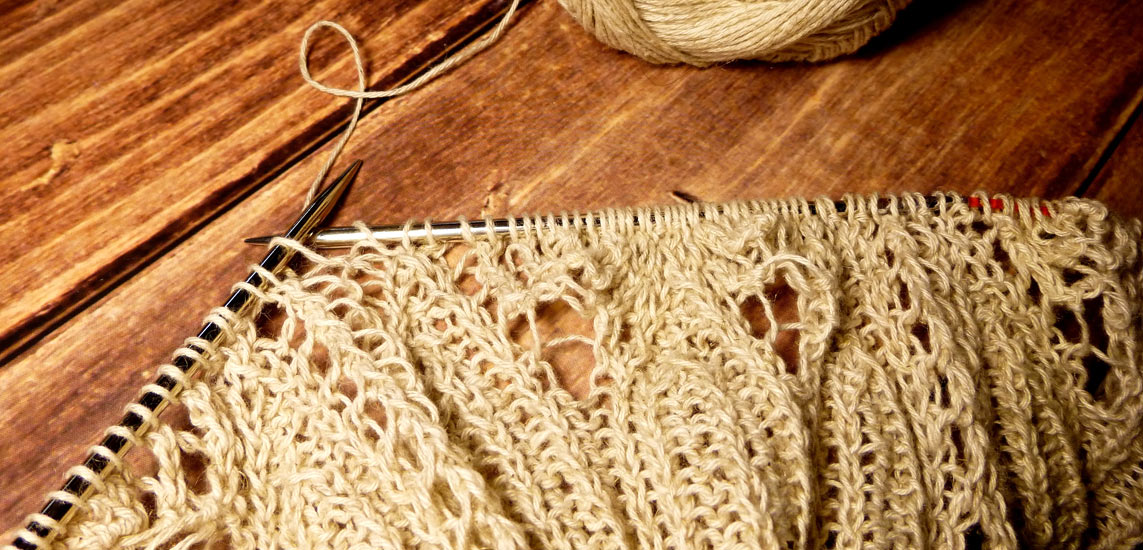Are you ready to unravel the mysteries of lace knitting and embark on a creative journey that will leave you in awe of your craftsmanship? Lace knitting is fun and rewarding for knitters who understand basic knitting stitches and are comfortable with a few advanced techniques. What makes most lace stitches remarkable is their non-curling nature—making it ideal for scarves or shawls where edges tend to curl up naturally when not adequately managed.
This beginner's guide to lace knitting is here to help you master this delicate art confidently and the perfect Lace knitting needles for your projects. So grab your knitting needles and yarn, and let's weave some magic together!
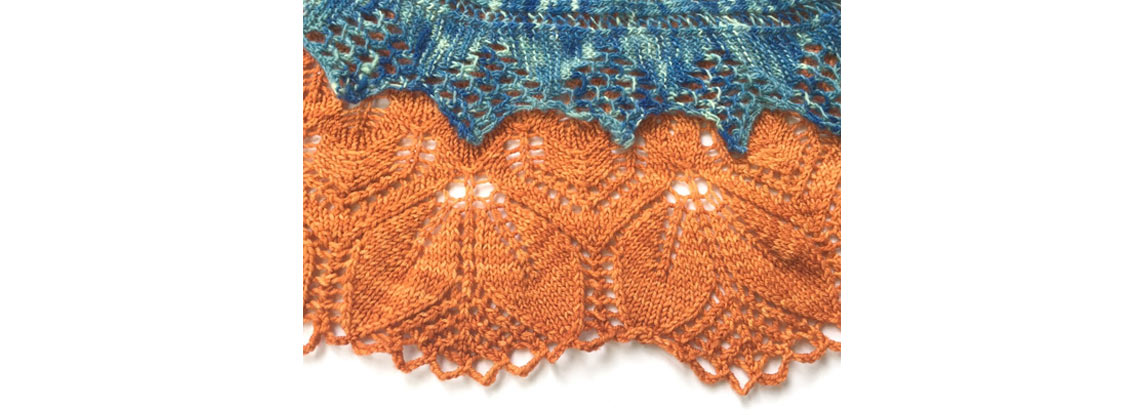
What is Lace Knitting?
Lace knitting is a technique that involves creating delicate and intricate openwork patterns with various holes, loops, and decorative motifs that give the fabric a light and airy appearance. This structure is achieved by intentionally adding yarn overs and later combining it with different decrease variations, placed strategically throughout your row or round.
Knitting patterns typically range from simple repetitive mesh patterns for market tote bags to highly complex ones like leaves, flowers, and other motifs. Lace stitches combine different stitches and techniques to achieve the desired effect (see chart below). Once you master the basic techniques, you can create garments and accessories, such as shawls, scarves, cardigans, even gloves, hats, and socks.
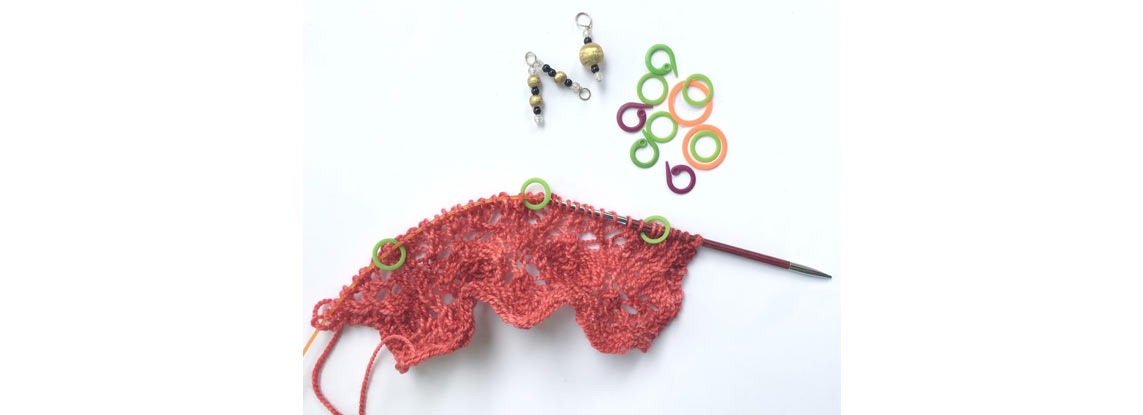
What Skill Set do I need to Get Started with Lace Knitting Today?
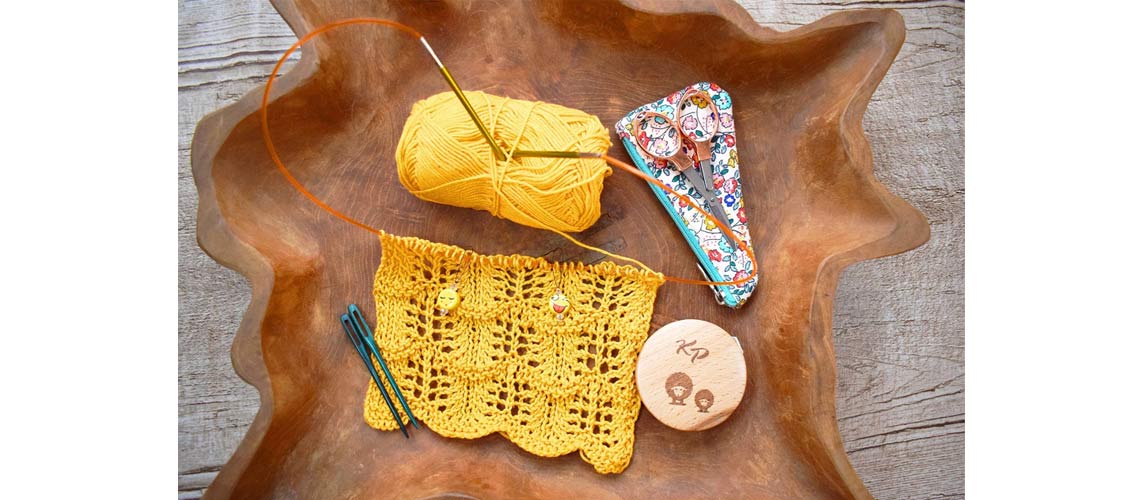
To get started with lace knitting, you'll need a basic understanding of the knitting fundamentals and some additional skills. Still, once you have mastered a basic lace pattern or two or four rows, you can confidently tackle even the most intricate-looking patterns.
Basic Knitting Skills: You should be comfortable with basic knitting stitches, such as knitting and purling, casting on, and binding off.
Reading Patterns: Lace knitting often involves following written or charted patterns. Familiarize yourself with pattern abbreviations, symbols, and instructions. Learn how to read both written instructions and charts. See the most common lace increases and decreases in the chart below.
Yarn Overs and Decreases: Master the techniques of creating yarn overs (YO), knit two together (K2tog), slip, slip, knit (SSK), and other decreases. These are fundamental to lace knitting as they create holes and decorative motifs.
Tension Control: Lace knitting can be more delicate than regular knitting. Practice maintaining an even tension to ensure your stitches are consistent and your lacework looks uniform.
What are the most Common Lace Stitches?
|
Stitch |
Abbreviation |
How does it work? |
|
Yarn Over |
YO |
Wrap the yarn from front to back around the needle. |
|
Knit 2 Together |
K2tog |
Insert the right needle into the next 2 stitches on the left needle as if to knit, then knit them together. |
|
Slip Slip Knit |
SSK |
Slip 1 stitch knitwise, slip another stitch knitwise, insert the left needle into the front loops of both slipped stitches, and knit them together. |
|
Slip Knit Pass |
SKP or SSP |
Slip 1 stitch knitwise, knit 1 stitch, thn pass the slipped stitch over the knit stitch. Can be mirrored by working SSP (slip 2 knitwise, knit 1, pass both slipped stitches over the knit stitch). |
|
Double Yarn Over |
2-YO or DYRN |
Wrap the yarn twice around the needle. Creates a larger hole than a single YO. |
|
Centered Double Decrease |
CDD |
Slip 2 stitches together knitwise, knit 1 stitch, then pass the slipped stitches over the knit stitch. |
|
Knit 3 Together |
K3tog |
Insert the right needle into the next 3 stitches on the left needle as if to knit, then knit them together. |
|
Make 1 Left |
M1L |
Lift the bar between stitches from front to back with the left needle, then knit into the back of the loop. Creates a left-leaning increase. |
|
Make 1 Right |
M1R |
Lift the bar between stitches from back to front with the left needle, then knit into the front of the loop. Creates a right-leaning increase. |
Please note that some lace patterns might use variations or combinations of these stitches to achieve specific effects. Make sure to refer to the pattern's instructions or charts for any stitch variations that may be used.
What Knitting Needles and Materials work well for Lace Patterns?
When choosing the best knitting needles for your lace patterns, consider that needle material, size, and type can dramatically influence the outcome of your lace knitting experience.
Needle Material: Lace knitting often benefits from smooth, slippery needle surfaces. The perfect lace knitting needle, such as stainless steel needles from our Mindful Collection, helps the stitches move easily along the needles and makes intricate maneuvers smoother. Needles from materials like stainless steel, nickel-plated brass, or carbon fiber can be great choices.
Needle Size: The needle size you choose will depend on your yarn weight and your personal tension. Lace patterns often use finer yarns, so you'll likely need smaller needles. Lace knitting can also benefit from using slightly larger needles than usual to create an open, airy fabric.
Circular Needles: Circular needles are popular for lace knitting, especially for larger projects like shawls or blankets. They can hold many stitches and distribute the weight of the project more evenly, making it more comfortable to work on intricate lace patterns.
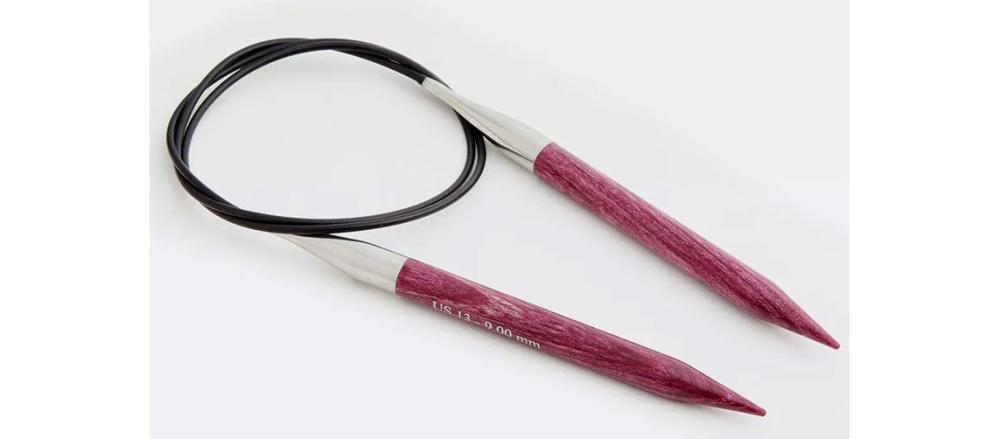
Pointed Tips: Needles with pointed tips make maneuvering stitches in lace patterns easier, especially when performing complex decreases and increases.
Markers and Lifelines: Stitch markers can help you keep track of stitch patterns and repeats. Lifelines are strands of contrasting yarn threaded through your work after completing a trouble-free row. They provide a safety net in case you have to undo your work due to a mistake.

Blocking Wires and Pins: Blocking lace knitting is crucial to open up the lace motifs and achieve the desired drape. Consider investing in blocking wires and pins to help shape and stretch your finished lace projects.
Lace Knitting on Double-pointed Knitting Needles
While double-pointed needles might seem a bit more challenging for lace knitting due to their potential to create ladders between needles, you can achieve beautiful lace patterns on double-pointed needles, too:
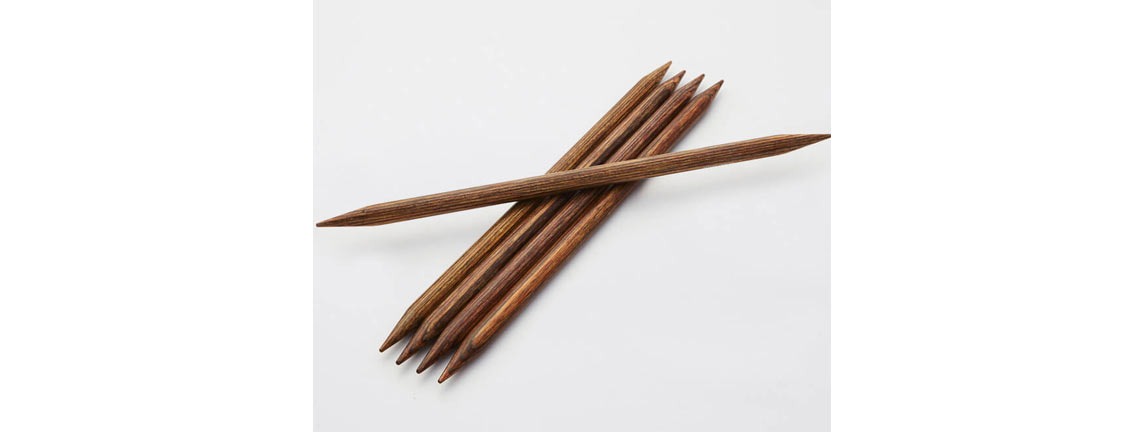
Needle Setup: When using DPNs, work with four or five needles; one needle holds active stitches, others hold remaining stitches.
Ladder Prevention: Avoid ladders by tightening the first stitch on each needle during switches to even out tension.
Markers: Place stitch markers to note key points, aiding progress tracking and correct lace pattern execution.
Stitch Organization: Coordinate yarn overs (YO) and decreases during needle changes for desired lace motif placement. Be cautious not to lose YOs from needle tips.
Lace Knitting is a fun and creative way to add airy elegance and sophistication to your hand-knit projects. Start with smaller projects, like scarves, before moving on to larger projects. As you gain experience and confidence, you can take on more complex lace patterns and create stunning, delicate pieces.
Happy Lace Knitting!


